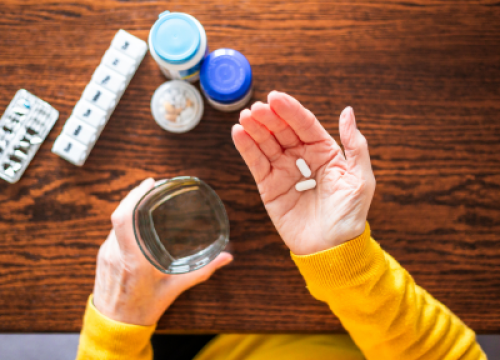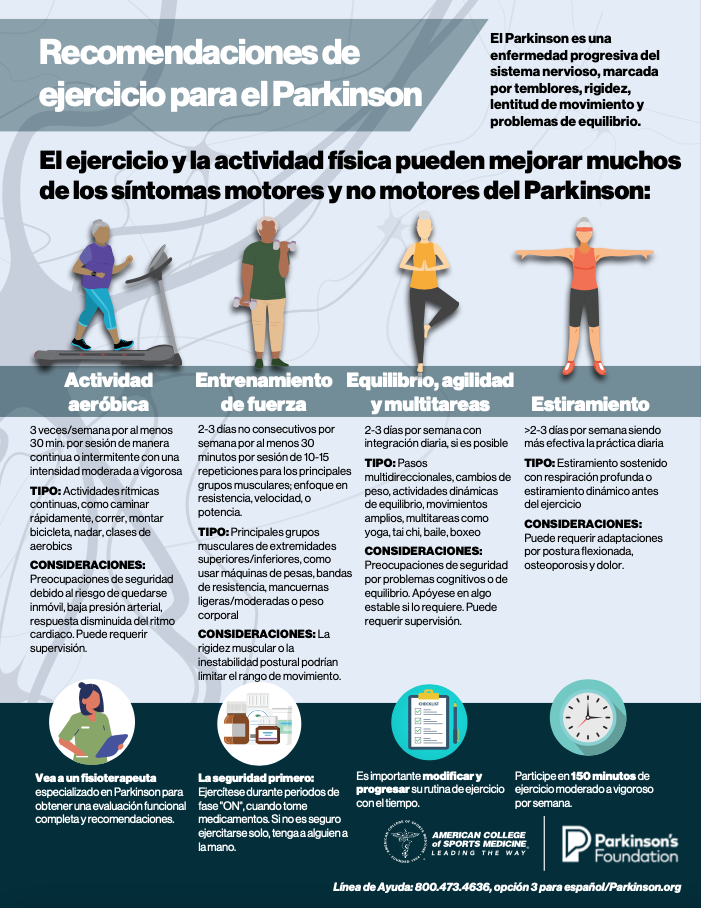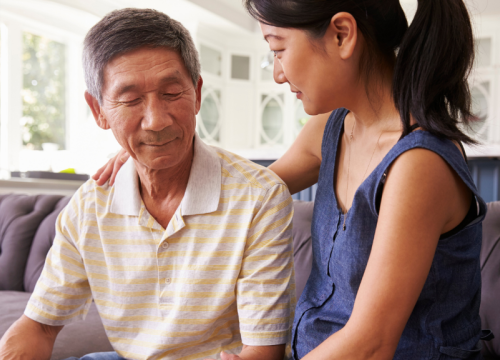Occupational Therapy and PD
We all need to do the things that make life meaningful and keep us independent, whether in our work, hobbies, social life or in simply taking care of ourselves. But maintaining these activities can be especially challenging for people who live with Parkinson’s disease (PD). One of the best resources for people in this situation is occupational therapy (OT), which is designed to improve your ability to take on the activities you value and to be the person you want to be. Here is an overview of how OT can help.
What Is Occupational Therapy?
In life with PD, you may have encountered speech or physical therapists. Where does occupational therapy fit in and how is it different? First, note that the word “occupation” in OT means “activity.” Our job in OT is to identify strategies that will allow you to continue doing activities that are important to you. Each person with PD will have different goals based on his or her symptoms and disease progression, as well as individual lifestyles, interests and priorities. Whether you have been living with PD for one month, five years or 20 years, and whether your goal is playing tennis or spending time with family, our approach is the same: to find ways to match your personal strengths with activities and an environment that will help you reach your goal.
Be Your Own Therapist
Which activities are most important to you? Once you answer, try the strategies below to see which ones work for you for each activity.
Use your personal strengths.
How can you build on your strengths and minimize your limitations? For example, if you have the strength of helping children enjoy reading, you could exercise that strength by reading to your grandchildren, by listening to them as they read, or by playing a reading game that stimulates both your imagination and theirs.
One of your strengths may be thinking skills. One thinking skill is imagining doing the activity before doing it. For example, imagining writing big can actually help you write big. Another thinking skill is speaking the steps out loud. When combing your hair, try saying “hold and comb,” to avoid dropping the comb.
Make sure you are exercising. Improving strength, balance and endurance through exercise supports your participation in all sorts of activities. Whether it is dancing or walking to a neighbor’s house, find an enjoyable way to exercise.
Lastly, be positive. Think, “I will do…” rather than “I’ll try to…” and you may be more successful.
Change the environment.
How can you adapt your surroundings to support your chosen activity? For example, will it help to choose a different physical or social setting for the activity, or to use different objects and tools? Take a look at your environment. Create a quiet space with conveniently arranged furniture to make activities easier. Look into adaptive devices such as a tub seat to make showering safer or a swivel seat cushion in the car to make getting in and out easier. Additionally, think about the social environment and choose places where people will understand your needs.
Adapt the activity.
Which activities do you enjoy and how can you adapt that activity to make sure you can still do it? For example, if you love baking, perhaps substitute complex recipes with simpler ones.
To get started, write down your goals or say them aloud to yourself or to someone else. Then ask, are there ways to simplify or modify the activity? For example, if you love golfing with friends, but now find it challenging, ask yourself if it is just the golf you enjoy or if it is the socializing that goes with it? Based on your answer, can you meet your friends for coffee or a drink after they finish their round? Can you play nine holes instead of 18? Can you use the golf cart instead of walking the course?
Lastly, focus on one activity at a time. Parkinson’s can make it difficult to multitask. If someone is talking to you while you are eating, tell him or her that you will continue the conversation as soon as you finish your meal.
Find an Occupational Therapist
Are you looking for a more personalized plan? If so, request a referral for occupational therapy from your neurologist or movement disorder specialist. Ask them if they can recommend an occupational therapist with knowledge of PD. You can also contact your state OT association, or local rehabilitation facility or home care agency, to find an OT. You can find more information on the American Occupational Therapy Association website at www.aota.org.
Conclusion: Stay Engaged
People with PD can and should keep doing the activities they love to do. If PD symptoms get in the way, an occupational therapist can help. Together, you will set realistic goals, identify challenges and strategize solutions. Identify what is important to you and figure out a way to continue doing it. Find the “sweet spot” where your strengths, the activity and environment work together and then go for it.
Tip: Enhancing Hand Coordination
We use our hands throughout the day in all activities. People with PD may notice changes in the ease in which they perform hand and finger motions. An occupational therapist can help evaluate and make recommendations to improve hand coordination:
- Exercise hands and fingers regularly
- Engage in enjoyable and stimulating hand exercises, such as gardening or knitting
- Use toothbrushes, hairbrushes, silverware and writing tools with larger handles
- Use both hands in tasks - don’t favor one hand over the other
- Schedule tasks that require greater hand control for times when you are well rested and medications are working well
Related Materials
Related Blog Posts

Celebrating 12 Milestones that Defined 2025

Meet a Researcher Working to Make Adaptive DBS More Effective










